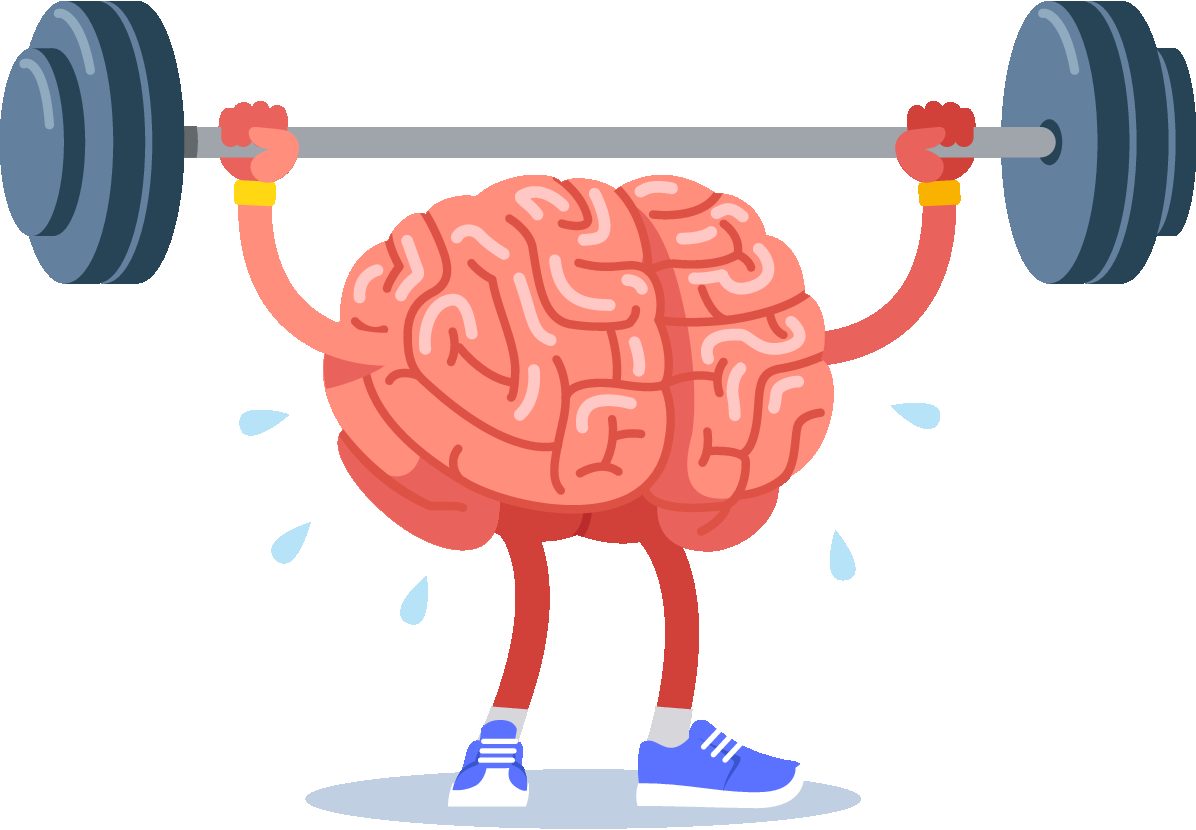Each type of processing has a different effect on our food and health.
To understand the different degrees of processing in foods, researchers have developed a classification system known as NOVA. This system groups food into four categories.
- Group 1, Unprocessed or minimally Processed
- Group 2: Processed Ingredients
- Group 3: Processed Foods
- Group 4, Ultra-processed Foods
Although these categories aren’t perfect, they offer a good general guideline to help us make decisions.
Ultraprocessed Foods
They are almost exclusively made from sugars and oils, fats, or salts. There are very few, if any, ingredients which are minimally or unprocessed.
This includes food such as:
- Prepared meals, including frozen and ready-made “instant” dishes
- Chips, cookies, candies, and crackers
- Soft drinks, fruit drinks, sports drinks and distilled alcohol drinks (whiskey, rum, vodka)
- pizza, burgers, hot dogs, chicken nuggets
- pastries, donuts, cakes
These are industrial formulas made from ingredients that you might rarely or never cook with in your own home. For example:
- modified corn starch
- high fructose corn syrup
- Hydrogenated oil
- food colorings
- artificial flavor enhancers
- bulking agents
- preservatives
Companies can make a lot of money by selling ultra-processed food because it is cheap, convenient and “hyperpalatable”, meaning that they are made to be delicious (and easy for people to eat too much).
This convenient taste comes at a high cost to our health .
Ultraprocessed food is linked to:
- obesity
- heart disease
- type 2 diabetes
- breast cancer
- irritable bowel syndrome
- depression
- frailty
- asthma
- all-cause mortality
This meta-analysis report , which is based on, concludes that
“No studies reported an association between exposure to UPF and positive health outcomes.”
Processed Foods
This food group includes:
- cheese
- fresh bread
- canned salmon
- cured meat
- beef jerky
- bacon
- tomato paste
- Nuts and seeds salted or sweetened
- Fermented alcohols (beer wine, cider)
These are made primarily with unprocessed food or food that has been minimally processed. However, they may contain added sugar, salt, oil and other additives.
Ultra-processed food tends to contain 5 or more ingredients while processed foods have only 2 or 3.
Although processed foods are generally less harmful, they can have positive effects in certain cases. It is recommended that you limit your intake.
Processed Ingredients
Here are some of the ingredients used in ultra-processed and processed foods:
- salt
- sugar
- oil
- butter
- honey
- syrup
These are made from foods that have not been processed and they’ve gone through such processes as:
- grinding
- pressing
- milling
- drying
- refining
Each of the ingredients has a unique set of health effects.
Foods that are not processed or minimally processed
A minimal processing is when only subtraction takes place (cleaning and cutting, drying or grinding, removing non-edible pieces), but no additions are made.
This category includes
- Fruits (fresh, dried or frozen)
- Fresh Fruit Juice (without added Sugar)
- Vegetables (fresh or frozen).
- Nuts and Seeds
- whole grains
- beans
- pasta
- Herbs and Spices
- mushrooms
- Fresh or frozen whole meats
- milk
- tea
- coffee
- water
As much as you can, choose unprocessed foods or foods that are minimally processed to make up the majority of your diet.







